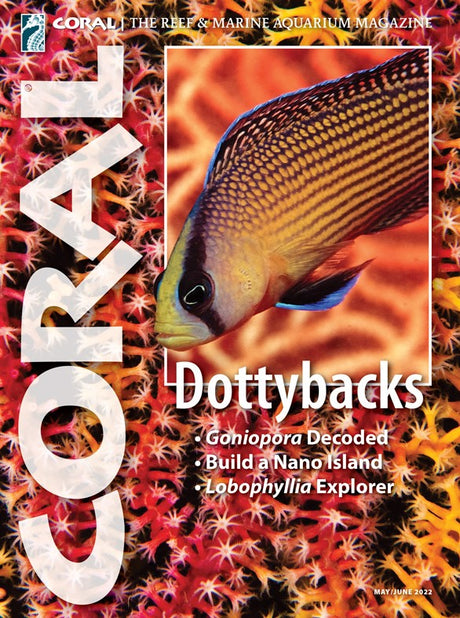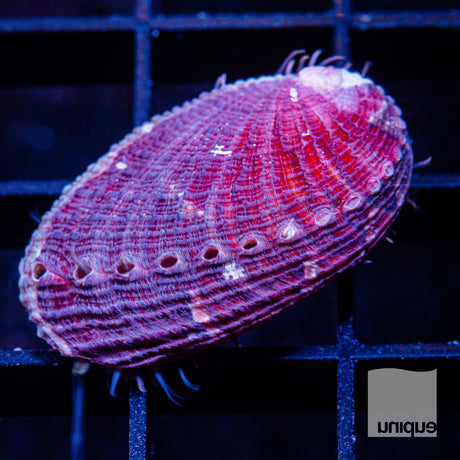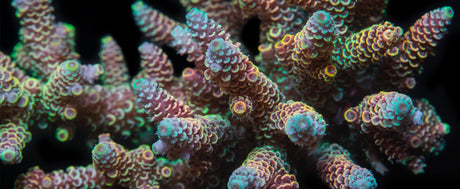
Reef2Rainforest feature: CORAL Reef Visions BONUS: UC Masterpiece Valida
By Toni Nancy Xiong
The Unique Corals Masterpiece Valida, as featured in the May/June 2022 issue of CORAL Magazine. Photographer: Diego Sanchez/Unique Corals See more about this Acropora in the May/June CORAL, pages 22-23 CORAL‘s Reef...
Read more

